Global atmospheric loading of the climate-active gas nitrous oxide (N2O) continues to increase. A significant proportion of anthropogenic N2O emissions arises from microbial transformation of nitrogen-based fertilizers during denitrification, making microbial N2O emissions a key target for greenhouse gas reduction strategies. The genetic, physiological, and environmental regulation of microbially mediated N2O flux is poorly understood and therefore represents a critical knowledge gap in the development of successful mitigation approaches. We have previously mapped the transcriptional landscape of the model soil-denitrifying bacterium Paracoccus denitrificans. Here, we show that a single bacterial small RNA (sRNA) can control the denitrification rate of P. denitrificans by stalling denitrification at nitrite reduction to limit production of downstream pathway intermediates and N2O emissions. Overexpression of sRNA-29 downregulates nitrite reductase and limits NO and N2O production by cells. RNA sequencing (RNA-seq) analysis revealed 53 genes that are controlled by sRNA-29, one of which is a previously uncharacterized GntR-type transcriptional regulator. Overexpression of this regulator phenocopies sRNA-29 overexpression and allows us to propose a model whereby sRNA-29 enhances levels of the regulator to repress denitrification under appropriate conditions. Our identification of a new regulatory pathway controlling the core denitrification pathway in bacteria highlights the current chasm in knowledge regarding genetic regulation of this pivotal biogeochemical process, which needs to be closed to support future biological and chemical N2O mitigation strategies.
IMPORTANCE N2O is an important greenhouse gas and a major cause of ozone depletion. Denitrifying bacteria play vital roles in the production and consumption of N2O in many environments. Complete denitrification consists of the conversion of a soluble N-oxyanion, nitrate (NO3-), to an inert gaseous N-oxide, dinitrogen (N2). Incomplete denitrification can occur if conditions are prohibitive, for example, under conditions of low soil copper concentrations, leading to emission of N2O rather than N2. Although enzymatically well characterized, the genetic drivers that regulate denitrification in response to environmental and physiological cues are not fully understood. This study identified a new regulatory sRNA-based control mechanism for denitrification in the model denitrifying bacterium P. denitrificans. Overexpression of this sRNA slows the rate of denitrification. This report highlights that there are gaps in understanding the regulation of this important pathway which need to be filled if strategies for N2O mitigation can be rationally and carefully developed.
